Big cats like lions, tigers, leopards, and jaguars are among the most skilled predators in the animal kingdom. While some thrive in the daylight, others are masterful night hunters, taking advantage of darkness to secure their prey. But what makes some big cats better hunters at night than during the day?
Adaptations for Night Vision
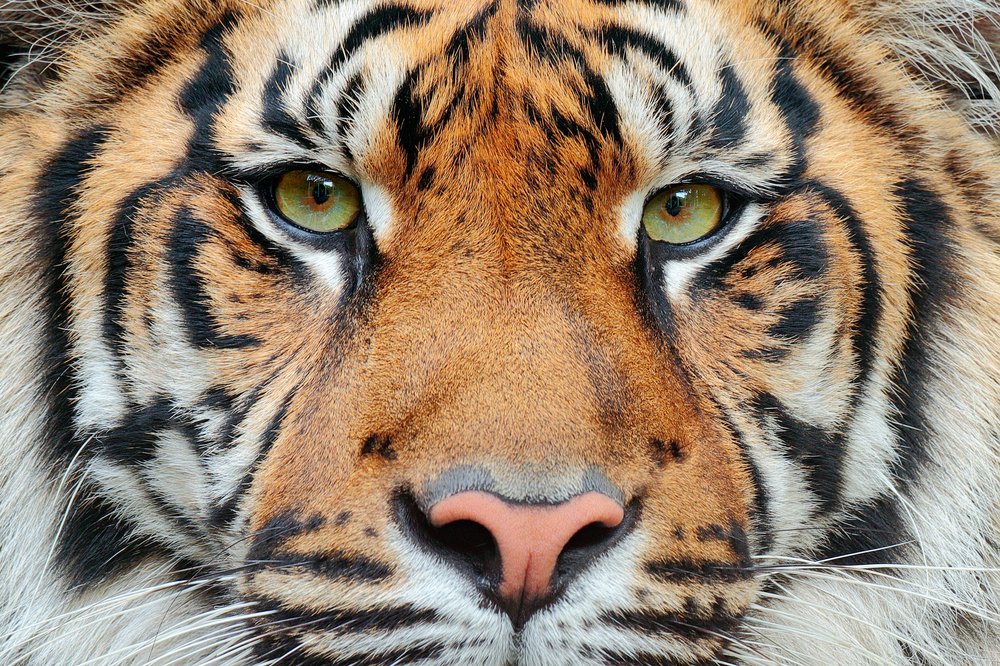
One of the key reasons big cats excel at night hunting is their exceptional vision in low-light conditions. Their eyes have a high concentration of rod cells, which are sensitive to dim light, and a reflective layer called the tapetum lucidum that enhances their ability to see in darkness. This gives them a significant advantage over their prey, many of which cannot see as well in the dark.
The Cover of Darkness Provides Stealth
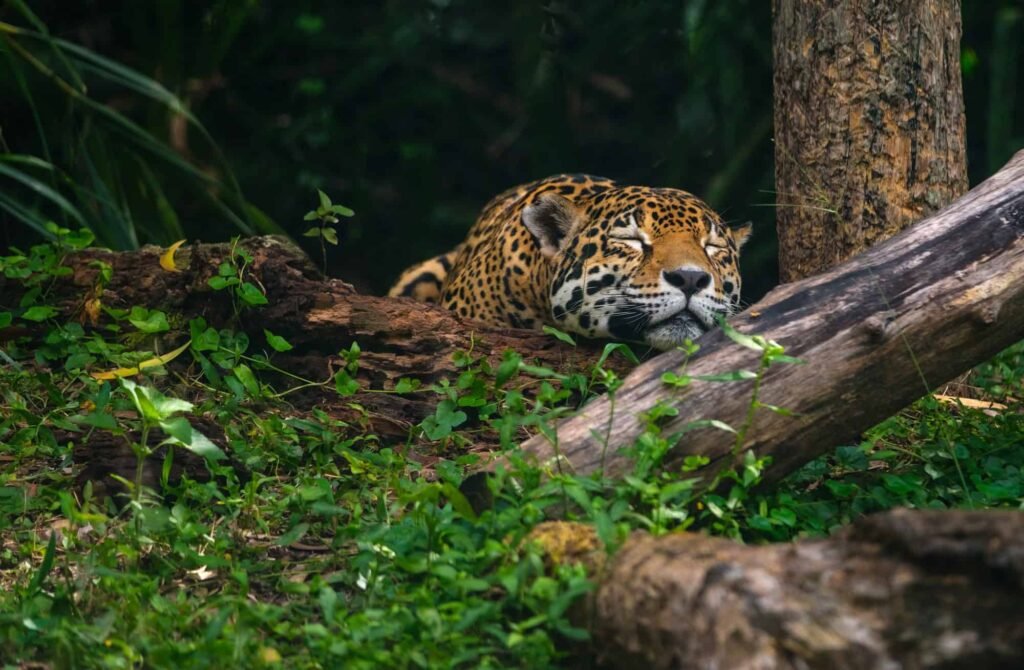
Hunting at night allows big cats to use the cover of darkness to their advantage. Prey animals are often less alert at night, relying on sound rather than sight to detect predators. Big cats, with their silent movements and camouflaging coats, can close in on their targets without being detected, increasing their chances of a successful hunt.
Reduced Competition and Cooler Temperatures
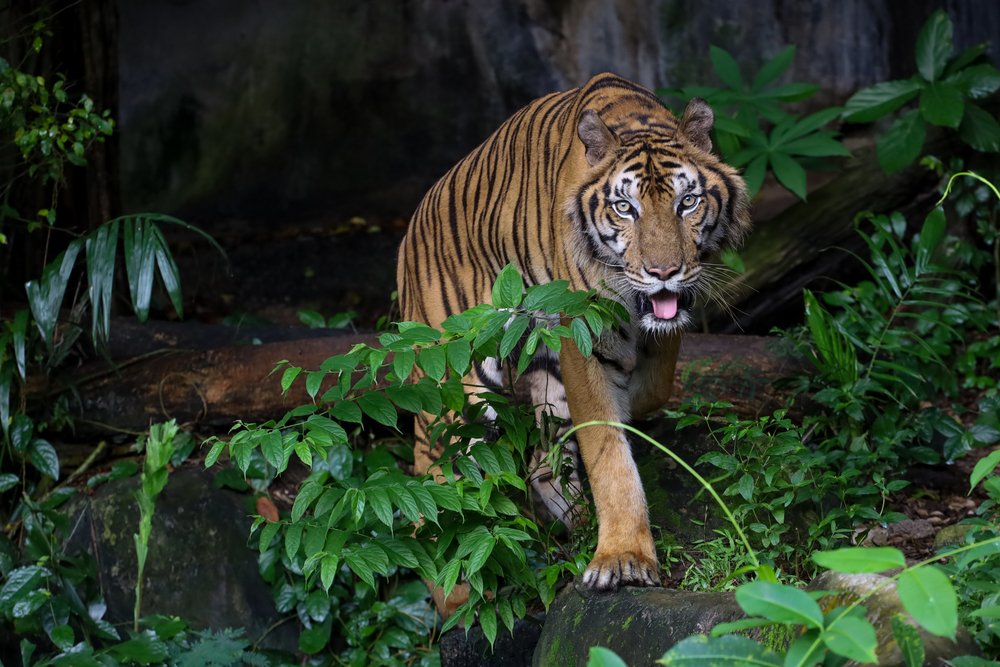
In many habitats, hunting at night also reduces competition from other predators. During the day, larger carnivores or scavengers might interfere with their hunt or steal their kill. Additionally, nocturnal hunting helps big cats conserve energy, as cooler nighttime temperatures make it easier for them to stalk prey without overheating.
Specialized Hunting Techniques
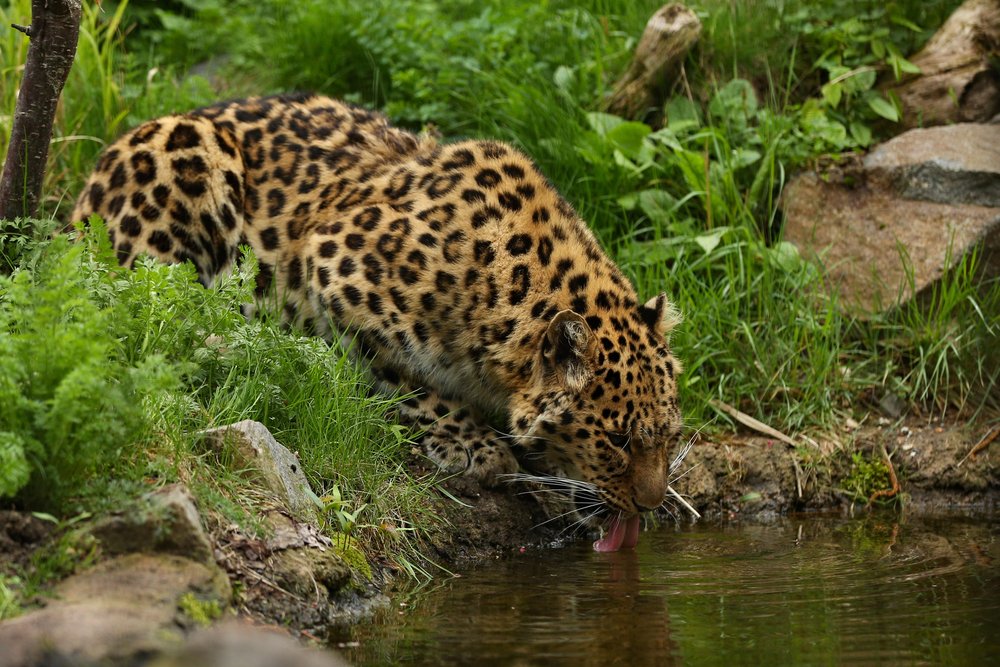
Some big cats have evolved to hunt specific prey that is most active at night. For example, leopards are solitary hunters that use the quiet of the night to ambush prey like antelope or small mammals. Similarly, jaguars in dense rainforests often hunt nocturnally, targeting animals such as caimans or capybaras that are more vulnerable after dark.
Evolutionary and Environmental Factors

The preference for night hunting can also be influenced by environmental factors and evolutionary history. Big cats that inhabit areas with dense vegetation or limited daylight, such as tropical forests, are more likely to hunt at night. Their behaviors have adapted over generations to maximize their chances of survival in these conditions.
The Balance Between Day and Night Hunting
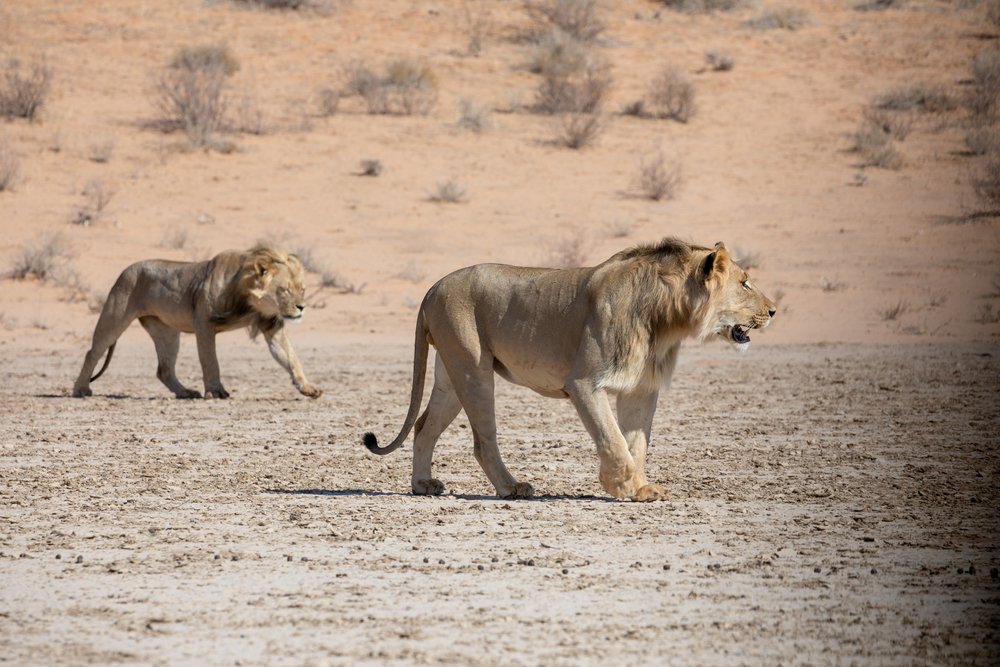
While many big cats are skilled nocturnal hunters, some species, like lions, often hunt during the day in social groups called prides. This allows them to take down larger prey through teamwork. However, even lions may shift to night hunting when prey becomes scarce or during the cooler seasons, showing how adaptable these predators are.
Masters of the Dark
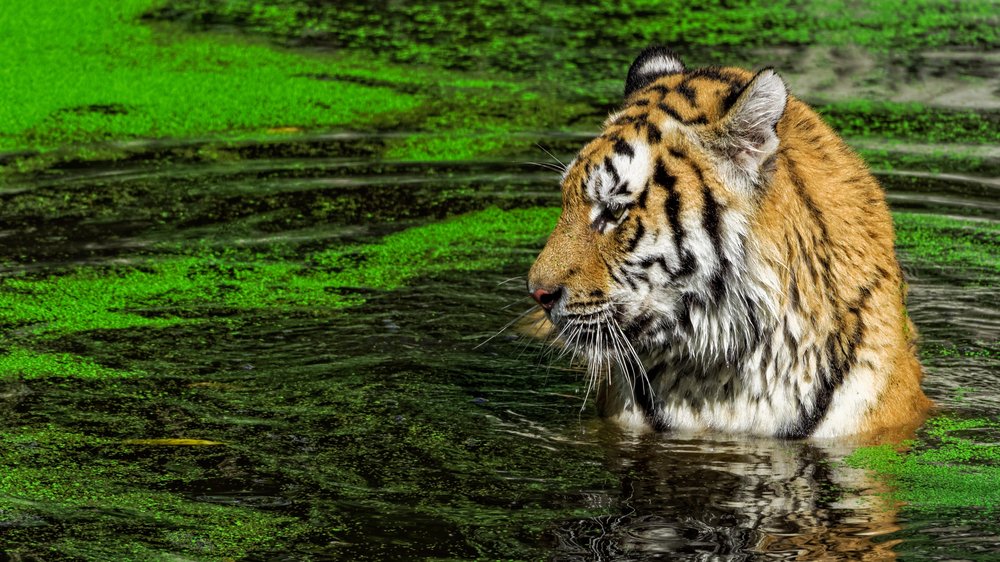
Big cats are perfectly designed to dominate the night, with specialized vision, stealthy movements, and an instinct for taking advantage of their environment. Whether it’s a tiger stalking silently through the jungle or a jaguar prowling the riverbanks under moonlight, their nocturnal skills are a testament to the incredible adaptability of these apex predators.

Growing up traveling and experiencing new cultures and wonders, I have had a passion for nature, adventuring, photography, and videography. I am currently working towards a BSc in Biodiversity and Ecology at Stellenbosch University, and I hope to specialise in Marine Sciences one day.
Please send any feedback to Feedback@animalsaroundtheglobe.com






